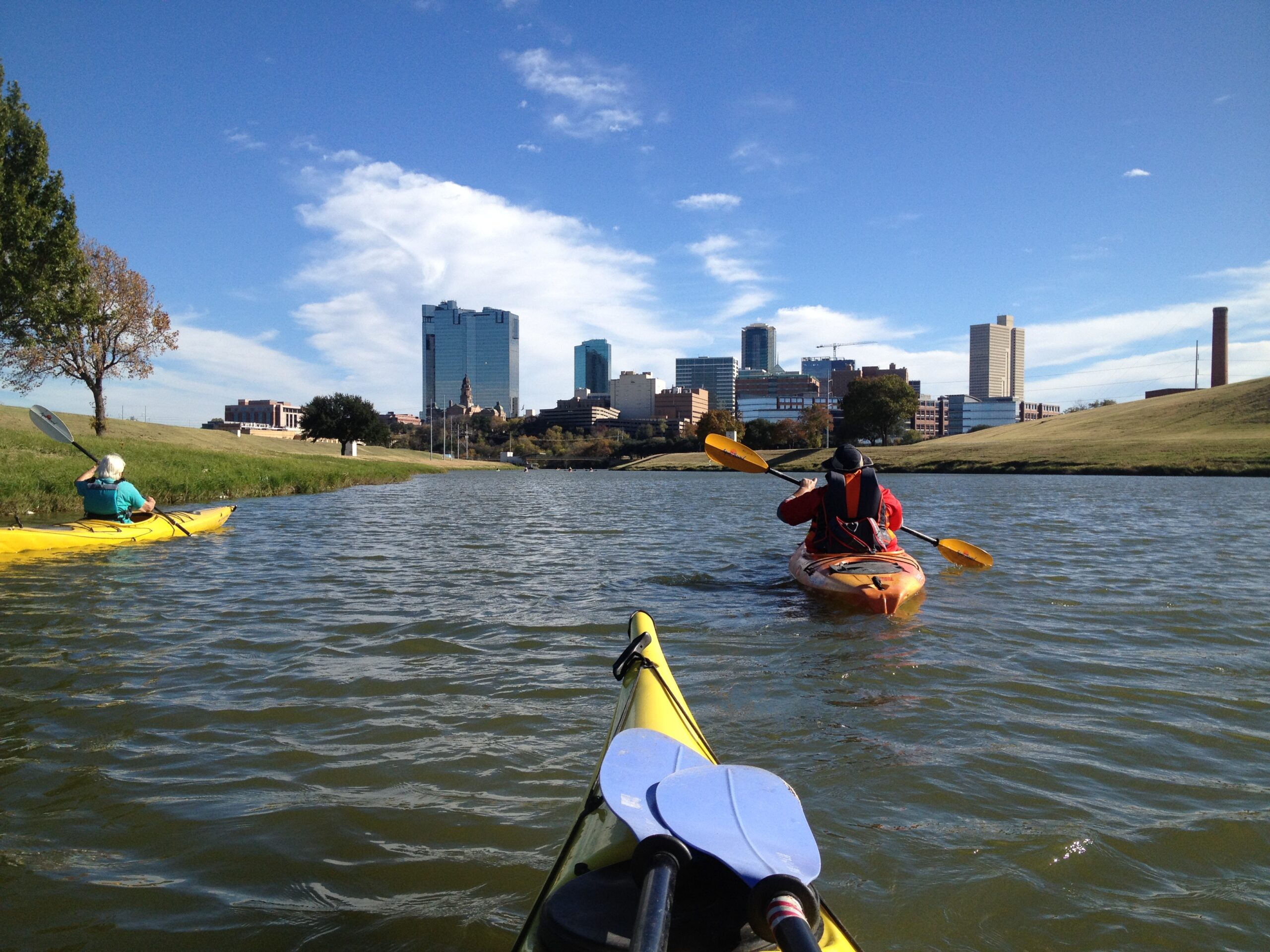
Every year, tens of thousands of people use the 80 miles of trails that are owned by the Tarrant Regional Water District along the Trinity River.
Fishermen flock to the riverside parks for the annual Flyfest in hopes of snagging one of the trout released into the river by the District.
Hikers bond with nature as they walk through the 400-acre park at Eagle Mountain Lake in northern Tarrant County.
It’s all a part of the expansive recreational system operated by TRWD.
And to make sure those assets are used wisely and equitably, TRWD is embarking on a recreation master plan, the first in more than 10 years.
The Tarrant Regional Water District’s Board of Directors recently voted to hire Dunaway Associates for $317,700 to write the plan, which is anticipated to be complete by the end of the year.
Dunaway, which has worked on other high-profile master plans for river corridors including the San Antonio River in San Antonio and the Brazos River in Waco, will conduct ten public meetings as part of its research.
Dunaway, who is working with PROS Consulting, a strategic park planning firm, will prepare a five-year financial operational model that identifies revenue streams and expected costs.
“This will make clear what the vision is going forward for TRWD’s recreational footprint,” said Darrell Beason, chief operations officer for the District. “Once we get the plan, we will work the plan.”
TRWD oversees more than 2,000 acres and over 100 miles of trails along the Trinity that run through 31 neighborhoods and 21 city parks, including around Marine Creek Lake in northwest Tarrant County.
A revamped Twin Points Park built by the District offers patrons access to the popular Eagle Mountain Lake with a boat ramp and swim beach. Airfield Falls is also a popular destination for recreation enthusiasts.
While the main focus of the District is providing water and flood control, its parks, open space and recreational opportunities are important.
“Managing the recreational assets is not on the same scale as providing 2.2 million people with water, but it is on a pretty grand scale when you consider all the people that use it,” Beason said.
But the last time TRWD took a comprehensive review of its recreational assets was in 2009 with the Neighborhood Recreation Enhancement Plan.
While the District owns properties in East and North Central Texas, this master plan will concentrate on three main study areas: the Fort Worth floodway; Eagle Mountain Lake; and the Marine Creek Reservoir.
The ten public hearings will be conducted throughout the community and address issues in every sector of the recreation system in Tarrant County.
“During the pandemic we saw a large increase in trail users,” said Tina Nikolic, TRWD’s neighborhood and recreational enhancement coordinator. “This became the new normal, a benchmark of new activity. With that new normal came new users and needs.”
The study will look at LaGrave Field, the minor league ballpark and how to best utilize that property. This will be done in coordination with the study of Panther Island’ development being conducted by real estate experts.
Programming also will be reviewed, with a focus on events like Flyfest that have a more direct connection to the river.
In its planning, the District will work with other entities, such as the city of Fort Worth and Streams & Valleys, Beason said. Continuing those public and private partnerships is critical to TRWD’s recreational success.
“This master plan will give TRWD the opportunity to incorporate regional stakeholder plans and goals with the TRWD’s goals and capacity to serve the public for its recreation needs while maintaining the infrastructure for its intended use,” Nikolic said.

